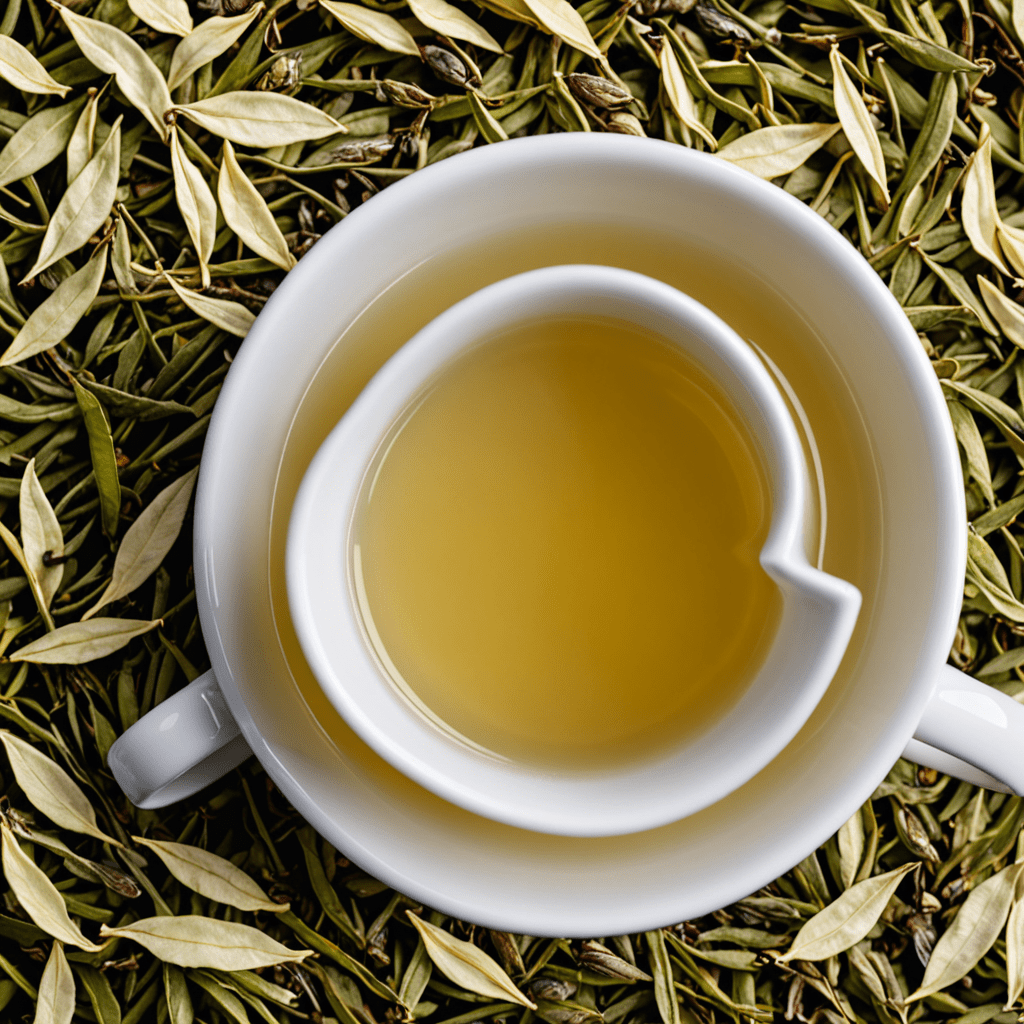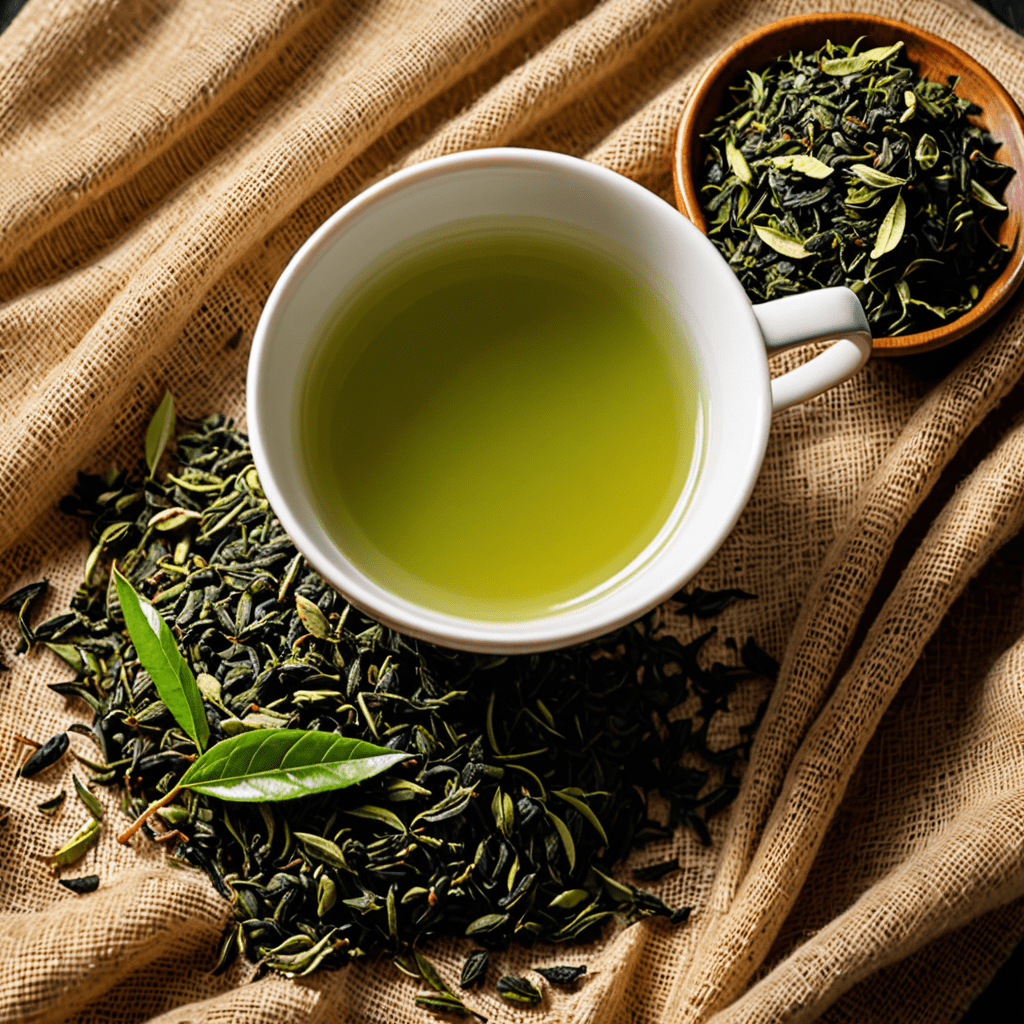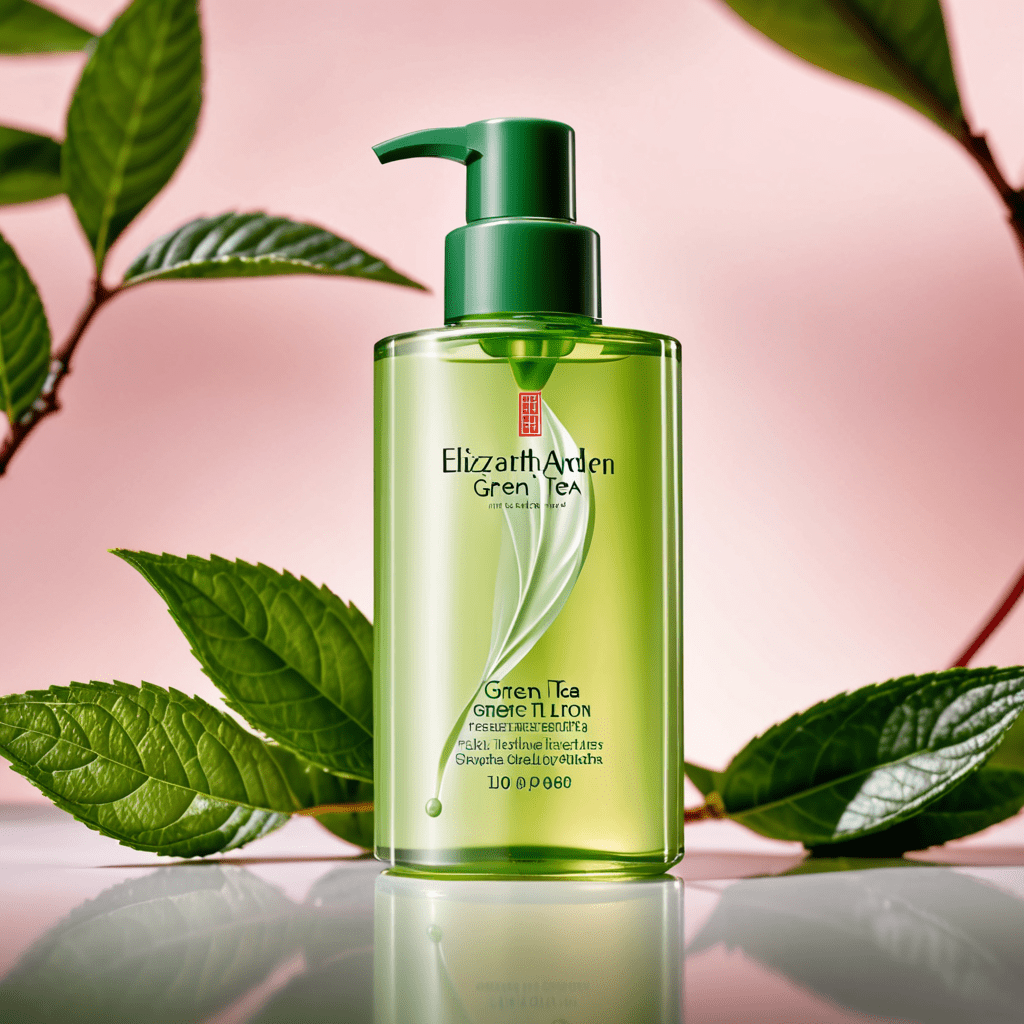White Tea: A Moment of Tea Time
Introduction to White Tea
White tea, known for its delicate flavor and myriad health benefits, is a type of tea that undergoes minimal processing compared to green or black tea. It is made from the young leaves and buds of the Camellia sinensis plant, harvested primarily in China but also in regions like Sri Lanka and India.
The Making of White Tea
White tea leaves are handpicked during the early spring harvest, gently withered, and dried to prevent oxidation. This minimal processing retains the tea’s natural antioxidants and gives it a subtle, sweet flavor profile. The leaves are often left to wither under natural sunlight, allowing them to slowly dry and develop their unique characteristics.
Health Benefits of White Tea
White tea is renowned for its high concentration of antioxidants, such as polyphenols, which can help in fighting inflammation and reducing the risk of chronic diseases. It also contains catechins, which are beneficial for heart health, weight management, and improving skin condition. Consuming white tea may boost your immune system and promote overall well-being.
Types of White Tea
There are several varieties of white tea, including Silver Needle (Baihao Yinzhen), White Peony (Bai Mudan), and Long Life Eyebrow (Shou Mei). Each type offers a unique taste and aroma, ranging from floral and fruity to more earthy and mellow notes. Exploring these different types can add diversity to your tea collection.
Preparing and Enjoying White Tea
To brew the perfect cup of white tea, use water below boiling temperature (around 175°F) and steep the leaves for 2-3 minutes. The subtle flavors of white tea are best enjoyed without milk or sugar to fully appreciate its natural taste. Sit back, relax, and savor the gentle nuances of white tea with each sip.
Pairing White Tea with Food
White tea’s delicate flavor makes it a versatile pairing with a variety of foods. It complements light dishes like salads, seafood, and fruits, enhancing the overall dining experience. The subtle sweetness of white tea can balance out spicy or savory flavors, creating a harmonious blend for your taste buds.
Conclusion: Embracing the Tranquility of White Tea
White tea offers more than just a beverage; it provides a moment of tranquility in a busy day. Whether you savor it alone as a calming ritual or share it with friends during a leisurely gathering, white tea invites you to slow down, appreciate the present moment, and indulge in a cup of serenity. So, next time you crave a pause in your day, reach for a cup of white tea and let its soothing essence rejuvenate your senses.
FAQ About White Tea
What is white tea?
White tea is a type of tea made from young and minimally processed tea leaves. It is known for its delicate flavor, light color, and subtle sweetness.
How is white tea different from other teas?
White tea undergoes minimal processing, with leaves being simply withered and dried. This preserves its natural antioxidants and gives it a milder taste compared to green or black tea.
What are the health benefits of white tea?
White tea is rich in antioxidants, which may help promote overall health by combating free radicals in the body. It may also aid in weight loss, improve skin health, and boost cardiovascular health.
How should white tea be brewed?
To brew white tea, use water heated to around 175°F, and steep the leaves for 1-3 minutes. Avoid using boiling water, as it can damage the delicate flavors of white tea.



